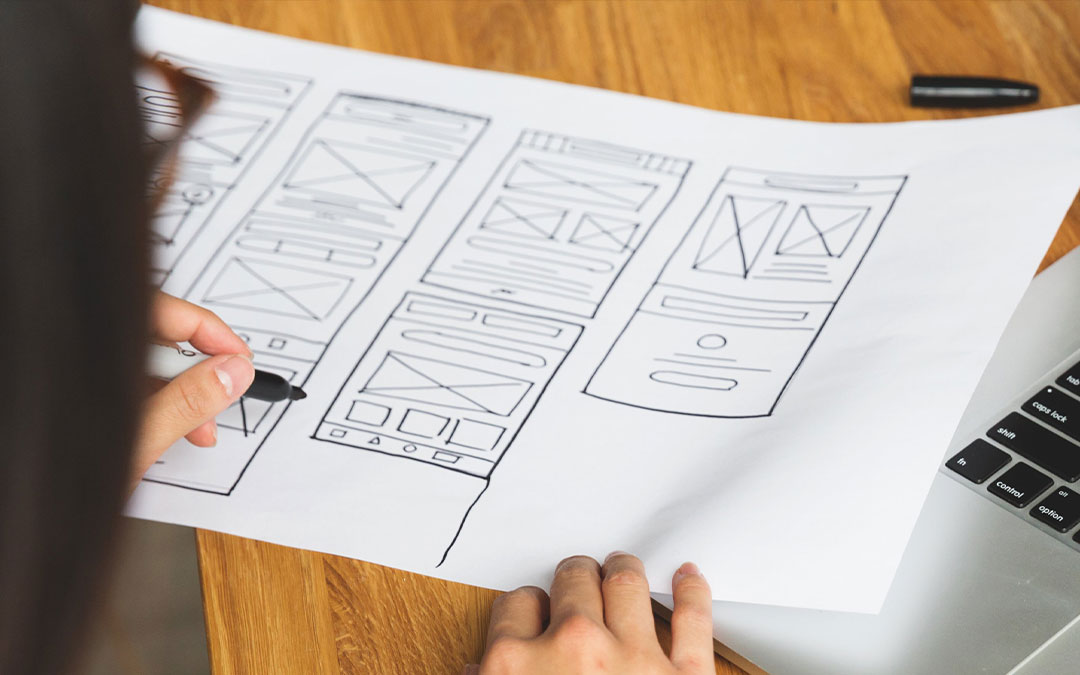Overview: What is UX Design?
UX design is a buzzword we hear a lot in the industries of marketing and advertising; however, a UX designer’s role can often get confusing. Here’s a great definition from UX designer Caroline White of CareerFoundry:
“UX design focuses on the interaction between real human users (like you and me) and everyday products and services, such as websites, apps, and even coffee machines. It’s an extremely varied discipline, combining aspects of psychology, business, market research, design and technology.”
First coined in the 1990’s, UX Design stands for User Experience Design. The main role of a UX designer is to act as an advocate for real, human users by researching and testing design solutions to ensure simplicity of use. To put that even clearer, UX designers are all about solving problems and working on behalf of real people.
UX is a Creative Structure
Traditionally, we may think of graphic designers, art directors and writers as creative careers in the marketing and advertising industry; however, it’s time to think of a UX designer as a creative role as well. While UX design may not focus entirely on aesthetics, it’s important to consider there is creativity within eliciting emotion and action – which a UX designer does throughout the course of designing for a human user.
The notion that UX design is a creative structure may be challenged by the fact that it happens to be entirely process-orientated and, at times repetitive, thus not leaving much room for creativity at all. However, an iterative design process can still be creative as UX designers come up with a list of options to serve a user in the most efficient manner.
UX Design Differs (and Doesn’t) from Ad Design
The objective of advertising design is to capture attention and draw in your audience. However, by the time a person is interacting with a product, service, or application, their attention has already been earned, meaning it’s up to the UX design to keep it.
Insights are important in the world of UX design – just as they are in the marketing world as well. However, the one insight that drives a marketing campaign will be one of many insights for the UX designer.
UX design may differ from ad design and marketing, but it also enhances it. It not only affects revenue and conversions, it also affects how a user really feels and interacts with a brand, business, or product.
UX Design is an Asset to Marketing
In the world of marketing, the creative department is in a state of evolution. With UX design embedding itself into the culture, a strategic and psychologically driven component is being implemented.
UX designers wouldn’t consider themselves “advertisers”, yet they are becoming a more frequent fixture as an important and creative role at agencies. UX design is extremely valuable to marketers and creates a more engaging and effective experience for their users.
Iris Grossman, an SEO strategist, offers a valuable statement on UX and marketing. “UX isn’t just about readability and optimized fonts; it is also about creating memorable experiences that drive brand perception, recurring visits or purchases. UX also provides invaluable insights about what users do and about the psychology of the user, which lead to smarter marketing.”
Today, only 55% of companies are currently conducting any UX testing – even though every $1 invested in UX results in a return between $2 and $100. Truly, there is no question about the value and efficiency of the creative system of UX design.
Resources:


